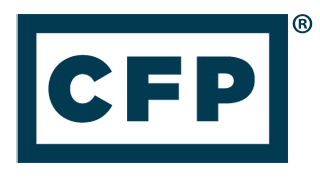Medicare Part D is a standalone prescription drug insurance program offered by private insurance companies that are approved by Medicare. It is designed to help Medicare beneficiaries pay for their prescription medication costs. Here are the key features of Medicare Part D:
- Prescription Drug Coverage: Part D provides coverage for a wide range of prescription drugs, including both generic and brand-name medications. The specific drugs covered are listed in a plan’s formulary.
- Private Insurance Plans: Part D plans are offered by private insurance companies, such as Aetna, Humana, UnitedHealthcare, Wellcare, Cigna, and many others. You can choose the plan that best fits your prescription drug needs.
- Monthly Premiums: Part D plans typically require a monthly premium, which can vary depending on the specific plan. Some plans may have a low or no premium, while others may be more comprehensive but come with higher premiums.
- Deductibles: Many Part D plans have an annual deductible. This is the amount you must pay out of pocket for your prescription drugs before the plan starts to cover costs.
- Copayments and Coinsurance: You’ll typically pay copayments or coinsurance for your medications, with the amount varying based on the drug’s tier (usually, lower-cost generic drugs have lower copays).
- Coverage Gap (Donut Hole): Part D includes a coverage gap, also known as the “donut hole.” When you and your plan have spent a certain amount on prescription drugs in a year, you enter this phase. During the coverage gap, you pay a larger share of the cost for your drugs. However, the Affordable Care Act has been closing this gap, and you pay less during this phase than in the past.
- Catastrophic Coverage: After you’ve spent a significant amount out of pocket (which includes what you’ve paid in copayments and coinsurance), you enter the catastrophic coverage phase. At this point, you pay only a small amount for your prescription drugs for the rest of the year.
- Annual Enrollment: You can join or switch Part D plans during the Annual Enrollment Period, which typically runs from October 15 to December 7 each year. Outside of this period, you can only make changes to your Part D coverage in specific circumstances, like when you become eligible for Medicare.
Medicare Part D is a valuable option for Medicare beneficiaries who need help with the cost of their prescription medications. To find the most suitable Part D plan for your needs, it’s essential to carefully compare the specific Medicare Part D plans available in your area, considering your individual needs and budget. Give me a call at 877-565-4728 for help choosing which plan is right for you, taking into account your specific medication needs, budget, and preferred pharmacies




